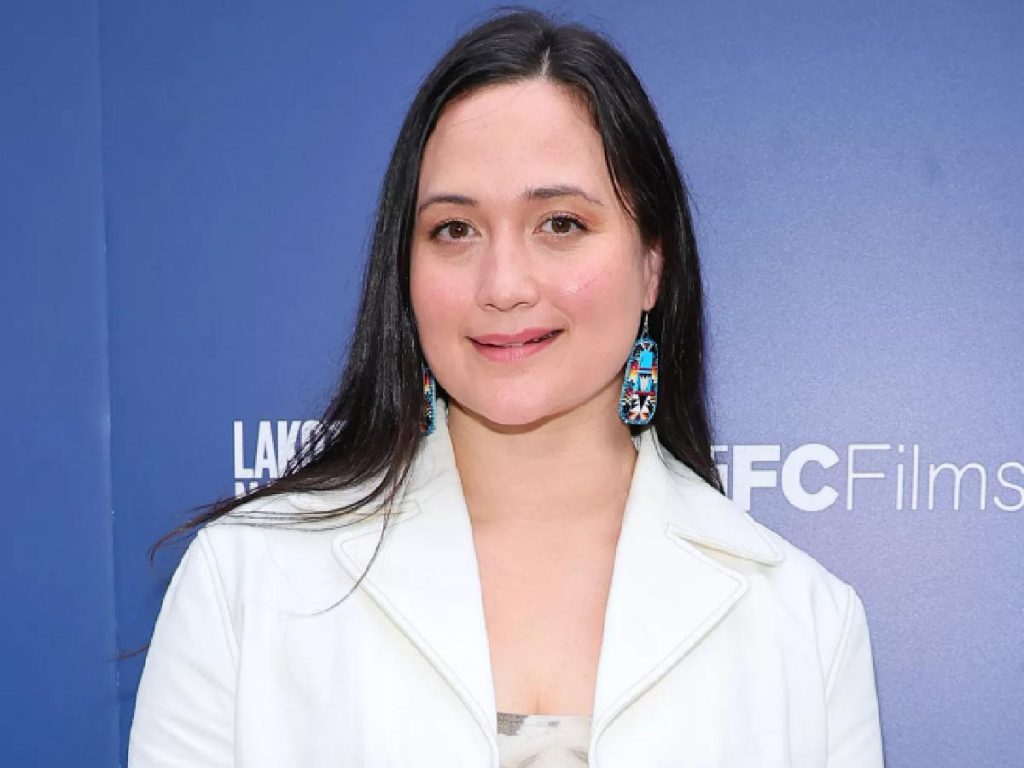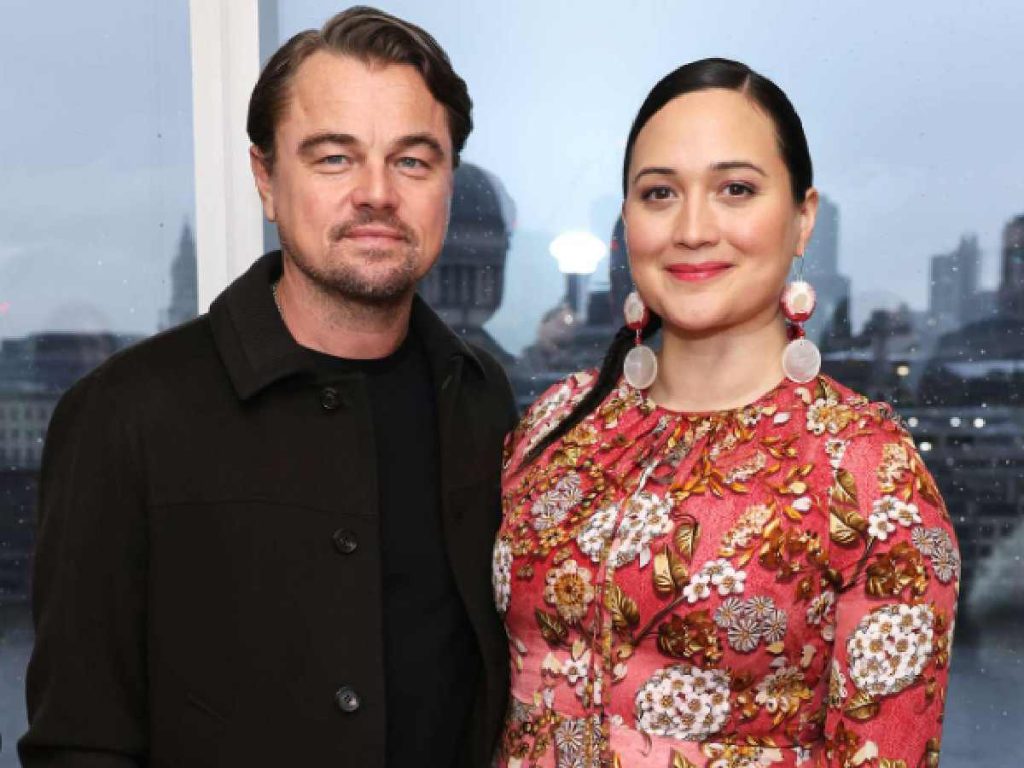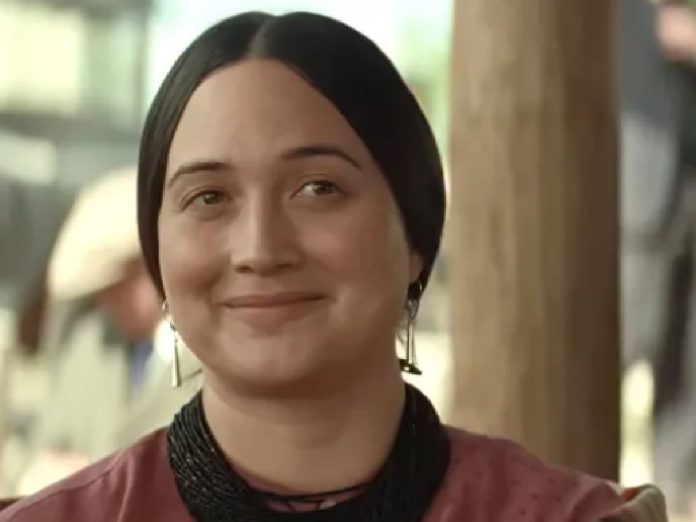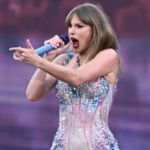‘Killers of the Flower Moon‘ was recognized as one of the best movies made this year. With a stellar cast, and Martin Scorsese’s direction, the film captures the essence of America’s history of wars and its repercussions from an entirely different perspective.
Another thing that the movie gave its viewers was Lily Gladstone, the star who played a lead role in the film and rose to fame. Lily Gladstone, who received many praises for their brilliant work in ‘Killers of the Flower Moon‘ has opened up about using she/they pronouns. And the reason has something to do with the film as well.
Lily Gladstone Explains Why She Uses She/They Pronouns

Speaking to People during a recent interview, Lily Gladstone opened up about her gender identity as well as her approach towards it, which was much similar to the film’s approach. She said her gender identity is a way of resisting colonial structures and connecting with their Indigenous heritage.
“My pronoun use is partly a way of decolonizing gender for myself,” the actor said, adding that using she/they pronouns is also a means of “embracing that when I’m in a group of ladies, I know that I’m a little bit different. When I’m in a group of men, I don’t feel like a man. I don’t feel [masculine] at all. I feel probably more feminine when I’m around other men.”
Gladstone, who has Blackfeet and Nimiipuu heritage, has grown up on a Blackfeet reservation in Montana. She clarified how the native language there also influences the gender perspective. “In most Native languages, most Indigenous languages, Blackfeet included, there are no gendered pronouns. There is no he/she, there’s only they,” she explained.
Gladstone also recalled her childhood, as she mentioned how her boy cousins were often misgendered because of long hair, which is a common practice for boys in their Native community. “I remember being 9 years old and just being a little disheartened, seeing how often a lot of my boy cousins were misgendered because they wore their hair long,” she said.
“It happens to a lot of kids, I think, especially Native boys leaving a community where long hair is celebrated [and then] just kind of getting teased for it…So I remember back then being like, everybody should just be they,” Gladstone added.
In case you missed it: ‘Killers Of The Flower Moon’ Ending Explained
Gladstone Explains How Her Indigenous Language Has No Gendered Pronouns

Gladstone said that although the misgendering has become less frequent now, it is common for people to do that if they dominantly use the native indigenous language.
“It doesn’t happen as much anymore, but there’ve been several times in my life where I’ve been speaking to a northern Cheyenne-first language speaker [or another] Indigenous-first language speaker where they’ll accidentally misgender you when they’re talking to you,” Gladstone added. “And then they’ll get embarrassed about it, but it’s because they’ve learned English later,” she said.
Further explaining the complexity of Indigenous languages and how they become inadvertently inclusive due to the lack of gendered pronouns, Gladstone said, “So Blackfeet, we don’t have gendered pronouns, but our gender is implied in our name. But even that’s not binary.”
Gladstone gave her grandfather’s Blackfeet name as an example, which included a woman’s name despite his gender.
Gladstone also reflected on the historical context of gendered awards in the entertainment industry. “I do feel that historically having gendered categories has helped from keeping women actors from a lot of erasure because I think historically people just tend to honor male performances more,” she said.
“I don’t know, maybe it’s just an overly semantic thing where I’m like, if there’s not a ‘director-ess,’ then there shouldn’t be actresses. There’s no ‘producer-ess,’ there’s no ‘cinematographer-ess,’” she said.
You might also like to read: Robert De Niro Addresses Anti-Trump Speech Controversy At Gotham Awards: Here’s What Had Happened






